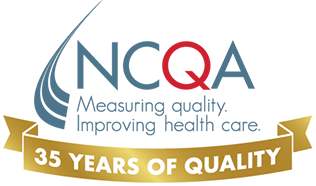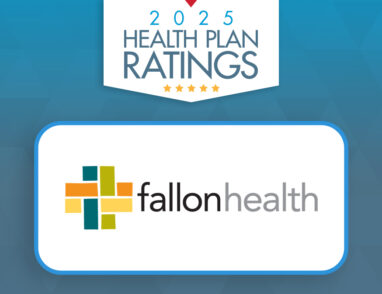Tobacco Cessation HEDIS Measure Planned for MY 2026
June 12, 2025 · Becky Kolinski
Tobacco use is the leading cause of preventable disease, disability and death in the U.S. Smoking accounts for at least 30% of all cancer deaths—and death rates from cancer are twice as high among smokers as nonsmokers. Smoking also causes lung disease such as chronic bronchitis and emphysema, and increases the risk of heart disease.
Despite these health risks, people continue to use tobacco products.
- In 2020, 12.5% of U.S. adults reported smoking cigarettes—either every day or some days.
- In 2022, about 4.5% of middle school students, and about 16.5% of high school students, reported using tobacco products. Electronic cigarettes (vapes) are the most commonly used product.
Quitting tobacco use can reduce the risk of short- and long-term negative health effects—regardless of a person’s age or how long they have been smoking. That’s why NCQA is developing a HEDIS® Tobacco Use Screening and Cessation Intervention measure. The new measure will replace Medical Assistance with Smoking Cessation, a CAHPS® measure that was retired.
Benefits of Tobacco Screening and Counseling
Nearly 70% of adult smokers say they want to quit, but quitting tobacco products can be exceedingly difficult due to their addictive nature. While nicotine itself does not cause cancer, it does cause people to crave cigarettes—and there are 69 chemicals in tobacco smoke that are carcinogenic.
Numerous studies have demonstrated the effectiveness of screening and treatment for tobacco use, and the U.S. Preventive Service Task Force gave a grade A recommendation to clinicians asking all adults about tobacco use, advising them to stop using tobacco and providing behavioral interventions, such as counseling, and FDA-approved medications, such as nicotine replacement therapy, to nonpregnant adults who use tobacco.
“Nearly all tobacco use begins during youth and young adulthood,” says says Karen Sheares, NCQA’s Vice President, Quality Sciences. “Having these conversations with patients starting at a young age may deter adolescents and young adults from using tobacco products in the first place.”
Overview of the Measure
The Tobacco Use Screening and Cessation Intervention measure will look at the percentage of people 12 and older who were screened for commercial tobacco product use at least once during the measurement period, and who received tobacco cessation intervention if identified as a tobacco user. Tobacco use is broadly defined as cigarettes, e-cigarettes and smokeless tobacco products that are chewed, sucked or sniffed.
The new measure will use the ECDS reporting method, which encourages use of electronic clinical data—such as EHR data—to document high-quality patient care. ECDS measures simplify the data collection process and help reduce measurement burden.
“Replacing a CAHPS measure, which uses self-reported data, with an ECDS measure enables more accurate results through a streamlined, interoperable data source,” says NCQA’s Jules Reich, Senior Health Care Analyst. “Screening and counseling for tobacco cessation are billable services for many types of insurance, which incentivizes clinicians to accurately document the information in their EHR system.”
What’s Next
- The measure will be added to the HEDIS Volume 2 technical specifications for implementation as a first-year measure in MY 2026.
- Listen to our podcast, A New Approach to an Old Problem: Tobacco, to learn more about the new measure.
HEDIS® is a registered trademark of the National Committee for Quality Assurance (NCQA).
CAHPS® is a registered trademark of the Agency for Healthcare Research and Quality (AHRQ).







